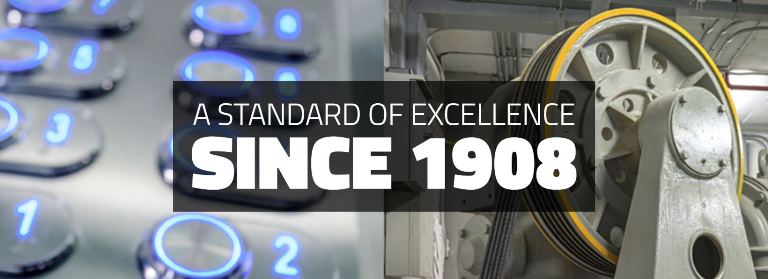In
the elevator universe one of the most intrusive and problematic equipment
replacements is the elevator’s hydraulic cylinder. Replacement can be from cylinder failure during
annual testing or deterioration over time.
Replacement can also be a due to code requirements or taking a proactive
approach to avoid a extended shut down period waiting for a cylinder to be manufacturered. This post is to show you some
of the issues we run into when replacing a hydraulic cylinder.
City of Chicago
building owners
- A reminder to building that are in the City of Chicago and have older
elevator systems they need to replace their elevator cylinder if it was
installed with a single bottom cylinder.
The common year we use is 1972 to make an assumption that the elevator
has a single bottom cylinder. Elevator
cylinder manufacturers where making double bottom cylinders in the 1960’s and
some elevator manufacturers where making single bottom cylinders into the
1980’s. It is up to the building owner
to show burden of proof. All single bottom elevator cylinders should have been replaced by 1/1/13.
[General information on cylinder replacement]
No in ground casing – The picture below
is from a cylinder we removed and there was no casing. Cylinder casing is supposed to be installed
to hold the integrity of the drilled hole.
For older installations or economically concerned contractors casing may
not have been installed. When there is
no casing you would typically need to ream the hole and install casing. The picture below we had to hire a well
driller to clean the hole and install casing.
A project we are completing this week there was no casing but the clay
held the hole and when we removed the debris we got a clear hole. Each cylinder
hole is different.
[This cylinder hole that has no casing]
[You can closer that there is no casing and the hole is filled with clay - A well driller needed to be called to put casing down]
Off set holes – We were at some
buildings this week that their cylinders where all replaced, there were two
that where more intriguing than the others because they were significantly off
set. You can take a look and see the cylinder is favoring one side of the elevator hoistway. The cylinder in a perfect scenario would be
in the middle. The reason they are
offset could be that the original hole was drilled prior to the building going
up and the GC did not mark the elevator pit correctly, or more likely that
there was an obstacle in the way that required to redrill next to the original
spot.
[This cylinder is favoring the right hand side of the elevator pit]
Well diggers – If at all possible
you do not want to hear the words “Well Drillers” if you are a building owner. That means the cylinder hole will need a
specialized company to come and install casing.
While expensive and takes time it is very difficult work and requires specialized
tooling and a specific skill set.
Odds of a smooth
cylinder installation
- We have run into crooked holes, water in holes, collapsed holes, sand, two pit floors, double
lined crooked casing[PVC will not fit down the hole], the casing coming up with
the cylinder, and almost every other cylinder hole issue that can happen. When you pull up the cylinder you never know what
you are going to get. What I tell building
owners is that 8 out of 10 cylinders go smooth, 1 out of 10 has minor issues
that would require a cylinder bag or another additional minor expense and 1 out
of 10 goes horribly wrong and requires a well driller.
When
prospecting for a company to replace your elevator cylinder make sure you do research. Make sure they are equipped to do the work,
they have the expertise to do the work and they have a good reference list. Some elevator companies are good at some
things and not others. We work on low to
mid rise buildings and do 20-30 cylinder replacements a year. We would not do a great job on working on a
75 story building. A company who works
on 75 story building’s may not be great replacing cylinders.
If
you have an questions or would like information from Colley Elevator you can go
to www.colleyelevator.com, email Craigz@colleyelevator.com or call
630-766-7230.













